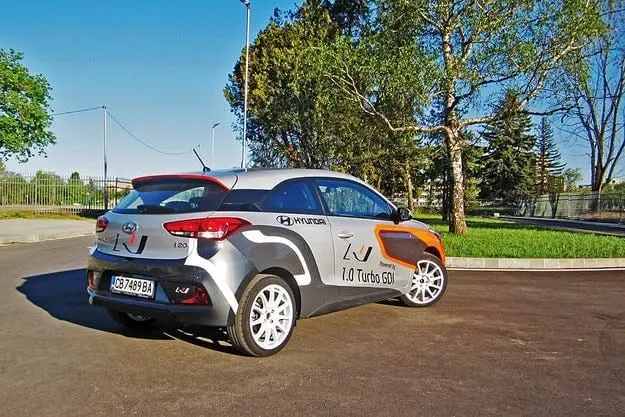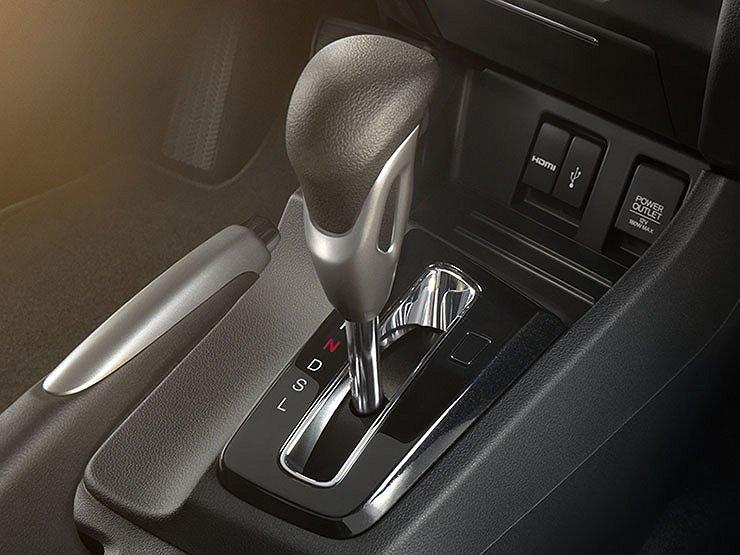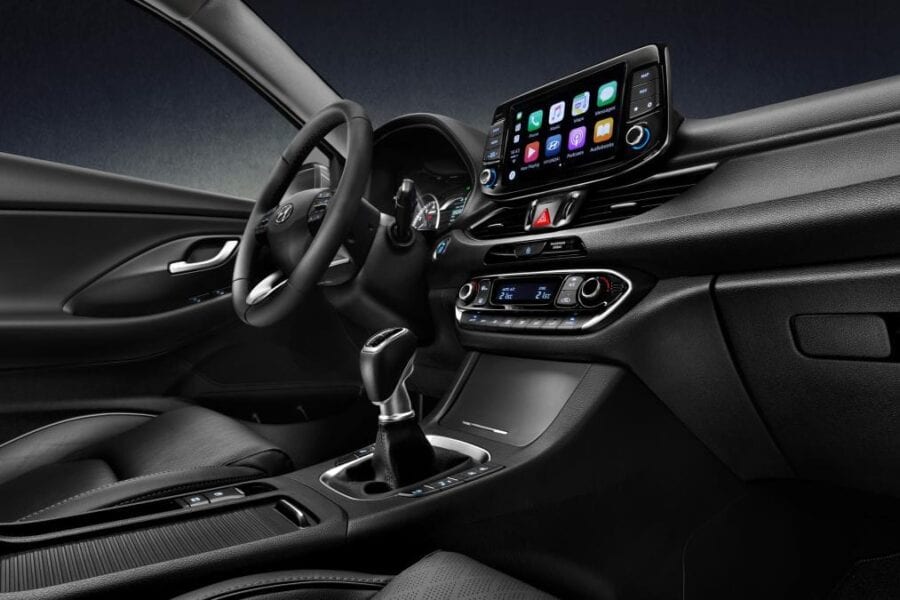
Test drive Hyundai i20 Coupe c: new

First kilometers behind the wheel of the i20 Coupe with a three-cylinder turbo engine
With the change of generations in the i20, Hyundai has once again marked a major quantum leap in the evolution of its products. With eye-pleasing design, rich equipment, high quality workmanship and impressive functionality, the Hyundai i20 Coupe 1.0 T-GDI is now undoubtedly one of the truly valuable offerings in the small class. With the introduction of the Coupe version, the model has gained popularity among those who, in addition to the usual qualities of a city car, are looking for a brighter personality and a greater sense of dynamism in body design.
In line with current trends in modern engine technology, Hyundai has rushed to offer the i20 a state-of-the-art three-cylinder turbocharged gasoline engine with 100 hp. more than an interesting alternative to the well-known 1,4-liter naturally aspirated engine. Now it is joined by a more powerful version with its 120 hp. looks like a very appropriate addition to the athletic appearance of the Coupe.
Temperamental three-cylinder engine
It has long been no secret that three-cylinder machines are becoming increasingly popular in the fight against emissions with engines with a displacement of up to about 1,5 liters, and engineering advances in this area now allow these units to work incomparably more cultured than before. . When it comes to driving experience, different manufacturers take different paths - at BMW, for example, the operation of three-cylinder engines is so advanced that the principle of their design can only be recognized by their characteristic, but at the same time very muffled sound. The award-winning 1.0 Ecoboost of Ford It can also only be recognized as a three-cylinder at wide open throttle – the rest of the time its operation is at least as smooth and subtle as its single-cylinder predecessors. Hyundai has taken a very interesting path - here most of the typical shortcomings of this type of engine are eliminated, but on the other hand, some of their distinguishing features are even highlighted. Here's what we mean - the vibration of the Hyundai i20 Coupe 1.0 T-GDI with 120 hp. reduced to an absolutely achievable minimum and can be categorized as insignificant even at idle - in this discipline, the Koreans deserve an excellent mark. With low to medium revs maintained and a relatively flat driving style, almost nothing can be heard from the engine bay, and subjectively the liter engine seems to be even quieter than its four-cylinder counterparts offered for the i20. However, with more serious acceleration, the specific uneven timbre of the three cylinders comes to the fore, and in an unexpectedly pleasant way: at speeds above average, the motorcycle's voice becomes hoarse and even bass with undisguised sports notes.
The power distribution is also impressive in almost every way - the turbo port at low revs is almost eliminated, and thrust is confident from about 1500 rpm, and between 2000 and 3000 rpm even surprisingly stable. At the same time, the engine responds easily to acceleration and without the annoying delays that are usually associated with such designs. 120 hp version paired as standard with a six-speed transmission (the 100 hp model only has five gears) that allows easy and pleasant shifting and is well adapted to the engine's performance, allowing you to drive at a fairly low overall speed most of the time.
On the road, the Hyundai i20 Coupe lives up to its sporty looks in many ways - the chassis has solid reserves for a more sporty driving style, the car's behavior is solid and predictable, and lateral body vibrations are kept to a minimum. Maneuverability and ease of handling are also positive - only feedback from the steering system could be more precise.
It is pleasant to note that under the dynamic exterior we find functionality that is almost on par with the standard version of the model - the trunk has a good volume for the class, the space in both the front and rear seats does not give cause for dissatisfaction, achieving the front seat belts are extremely simple (which in many cases becomes a simple but very annoying problem in everyday life for many models with two doors), the ergonomics are at a high level, the same goes for the workmanship.
CONCLUSION
+ Energetic and temperamental engine with good manners and pleasant sound, safe behavior, good ergonomics, solid workmanship
– The steering system can also provide better feedback when the front wheels make contact with the road.
Text: Bozhan Boshnakov
Photo: author

